Curators in Conversation - Art Fund Curators Programme at Frieze Masters
/Kate O’Donoghue, National Gallery Curatorial Trainee with Art Fund support and the assistance of the Vivmar Foundation, reports back on the Art Fund Curators Programme hosted by the National Gallery and Frieze Masters on 3-4 October 2018:
The Art Fund Curators’ Programme continued at Frieze Masters 2018, this time bringing together curators of historic – specifically French, Italian and Spanish – collections. Curators from institutions all across the UK were joined by international colleagues for a welcome at the National Gallery. Participants visited the Conservation Studio, where Head of Conservation Larry Keith spoke about the restoration of the Gallery’s recent acquisition, Artemisia Gentileschi’s ‘Self-Portrait as Saint Catherine of Alexandria’. This was followed by an introduction to the Mantegna and Bellini exhibition by Director of Collections and Research, Dr Caroline Campbell.
The second day of the programme started off with a conversation between Dr Paola D’Agostino, Director of the Bargello Museums in Florence, and Dr Gabriele Finaldi, Director of the National Gallery. Appointed in 2015, and moving from her role as Assistant Curator of European Art at the Yale University Art Gallery, D’Agostino described the changes witnessed by the Italian cultural sector in recent years. This was followed by a discussion about the challenges faced by museums internationally, primarily due to lack of funding and support.
The programme continued with a workshop led by Letizia Treves, The James and Sarah Sassoon Curator of Later Italian, Spanish and French 17th-century Paintings at the National Gallery. One of the main topics of discussion was the role of digital technology in museums, including the use of social media and its international reach. Delegates addressed the potential of adding layers to the museum experience by utilising digital resources. Online platforms can offer multiple levels of engagement and interpretation, and can be a place for audiences to explore both before and after the museum visit.
While digital technology was acknowledged as an excellent resource to engage contemporary audiences, the issues surrounding it were also highlighted. With younger generations relying more and more on web-based platforms, might future audiences be satisfied with the virtual museum experience and less inclined to pursue “real” object interactions? This paradox of embracing technology, while also maintaining the importance of real object study, was recognised as one of the main difficulties. Showcasing conservation treatment on social media, such as the National Gallery’s #NGArtemisia project, was acknowledged as one way of tackling this. Drawing attention to the artistic process, these glimpses behind-the-scenes help audiences to make sense of artworks as real objects. Nevertheless, the question remains – how do we experience the real in an age when it is increasingly difficult to draw people away from their screens?
In addition to these conflicts, another issue raised was the limitations that many smaller museums face in offering these digital experiences. It was highlighted that, in order to showcase collections online, museums require high-quality digital images of their objects, an aspiration often unachievable for smaller institutions. Beyond the considerable financial costs of photographing and digitising collections, the logistics of undertaking this was identified as a major obstacle for museums that already have stretched resources.
Displaying contemporary art with historic works was recognised as a way of introducing new perspectives and encouraging audiences to look at objects differently. However, it was expressed that museums should approach this carefully to avoid alienating audiences. Participants acknowledged the potential of introducing a greater sense of inclusivity with these projects, challenging perceptions of Old Masters as elitist. Tacita Dean: STILL LIFE at the National Gallery was cited as a recent example where contemporary artist Tacita Dean integrated her own work with objects from the collection. The exhibition reflected the institution’s long tradition of supporting artists, while also enabling the Gallery to show its collection in a new context.
Delegates spoke about the changing role of exhibitions and striking the balance between in-focus displays and “blockbusters” shows. Exhibitions on lesser-known artists and subjects were mentioned. While there is potential to introduce new topics and perspectives to audiences, it was asked – are these the best use of museum resources in times of economic pressure? The question of undertaking major temporary exhibitions at all was posed. It was suggested that museums with substantial collections could shift their efforts into permanent displays, with major shows being left to venues with dedicated spaces.
Questions about engaging audiences in a digital world reoccurred throughout the session. It is apparent that the challenges faced by museums vary significantly depending on a range of factors, including their location and the nature of their collections. At its conclusion, delegates were left to consider the insights of international colleagues and new perspectives on contemporary audience engagement. With society moving further into an age of digitisation, it is clear that this is merely the beginning and there will be more conversations to follow.
Image credits:
Dr Stephen Deuchar, Director of Art Fund, welcomes participants in the Art Fund Curators Programme with Frieze Masters 2018 (Photo by Flavia Dietrich-England)
Dr Paola D’Agostino, Director of the Bargello Museums, Florence, in conversation with Dr Gabriele Finaldi, Director of the National Gallery (Photo by Robert Dingle)
Dr Caroline Campbell, Director of Collections and Research at the National Gallery, introducing Mantegna and Bellini (Photo by Flavia Dietrich-England)






